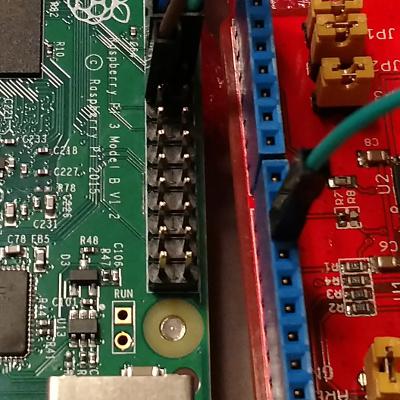The Internet of Things (IoT) is as big a title as the landscape it wants to cover. Talk of IoT and how it will impact every aspect of our life with ubiquitous sensors and connected toasters can be a little overwhelming. To narrow it down a little we are going to focus on one of the of IoT technology areas that is gaining traction. It is called long range wide area network or LoRaWAN for short.
LoRaWAN is a protocol from the LoRa AllianceTM, a non-profit association that sets the communication protocol and system architecture for the network. The specifications are freely available for review, the software for building a network can be open source and the hardware for building a network is proprietary. The hardware chips are patented to Semtech technology.
While WiFi or Bluetooth technologies are fairly mature, and do provide wide areas of coverage, they have a cost in terms of battery life and data usage. LoRaWAN is a new ground up technology based on the following criteria; best in class battery life, end-to-end security of packet data, low cost of deploying sensors, and provide long range of signal for sensors-to-gateway.
LoRaWAN topology is based on a star-of-stars structure made up of multiple sensors around a single gateway. The gateway then sends the sensor data to the cloud/database; this creates huge datasets from the data packets over time. Analyzing, graphing, and plotting these large datasets can have real impact on a company’s bottom line or a cities grid management. The true benefit of LoRaWAN is that its power consumption and data transfer requirements are dramatically lower than WiFi or Bluetooth and it has a range is measured in miles, not yards.
LoRaWAN currently has three classes (A,B,C) for end point devices, and gateways can be simplex or half-duplex with a modified full duplex in class B. The different classes each provide different uplink and downlink advantages, but currently class A is the most widely adopted. Single channel simplex, receive only, gateways are low cost and easily built using online guides and videos. Multi-channel gateways with uplink/downlink capabilities are available from a number of sources, but are costly even if you want to build one yourself.
Most articles that mention IoT tout the ‘billions’ of connected devices in the future. Some of the use cases most often mentioned, that will create this large number of connected devices, appear to be in the areas of asset management, climate and air quality monitoring, industrial machine monitoring and leak detection.
While LoRaWAN can be used with moveable objects and GPS at this point in its development lifecycle, the network isn’t mature enough to provide consistent or complete coverage across any continent. To date much of the testing of this technology has been based on building private stationary object networks.
LoRaWAN is well positioned to drive efficiency into the system and provide cost reduction to many industries and business sectors. The next generation of sensors and monitors for projects will be smaller, cheaper, last longer per battery and have security baked-in. IoT is driving us towards a more connected environment and LoRaWAN is well positioned to be the network of choice for that next sensor upgrade or installation.
*LoRaWAN is a trademark Lora Alliance, all other trademarks are property of their rightful owner.
